Helium
Helium is a chemical element with the symbol He and atomic number 2. It is a colorless, odorless, tasteless, non-toxic, inert, monatomic gas that heads the noble gas group in the periodic table. Its boiling and melting points are the lowest among the elements and it exists only as a gas except in extreme conditions.
Properties of Helium:
- Atomic number: 2
- Atomic mass: 4.0026 g/mol
- Boiling point: -268.9°C
- Melting point: -272.2°C
- Density: 0.1786 g/L
- It is the second lightest element and is the second most abundant element in the observable universe, being present at about 24% of the total elemental mass, which is more than 12 times the mass of all the heavier elements combined.
Uses of Helium:
Helium has several important applications, including:
- Used in cryogenics, as a cooling medium for superconducting magnets in MRI machines and other medical devices.
- Used as a protective gas for many industrial processes, such as arc welding and growing silicon wafers.
- Used as a lifting gas in balloons and airships due to its low density and non-flammability.
- Used in diving to dilute the high-pressure oxygen, providing a safer breathing medium at depth.
Study Guide:
To study helium effectively, it's important to understand its properties, uses, and its place in the periodic table. Here are some key points to focus on for your study:
- Learn the atomic number and atomic mass of helium.
- Understand the physical properties of helium, such as its boiling and melting points, and density.
- Explore the abundance of helium in the universe and its unique characteristics as a noble gas.
- Examine the various practical applications of helium in different industries and scientific fields.
- Consider the environmental and economic significance of helium, especially in the context of its scarcity on Earth.
By grasping these concepts, you will develop a comprehensive understanding of helium and its importance in various scientific and industrial contexts.
.◂Science Worksheets and Study Guides Seventh Grade. Bacteria and Viruses
Study Guide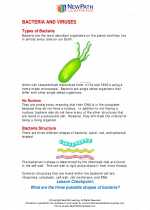 Bacteria and Viruses
Bacteria and Viruses  Activity Lesson
Activity Lesson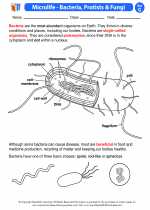 Microlife - Bacteria, Protists & Fungi
Microlife - Bacteria, Protists & Fungi  Worksheet/Answer key
Worksheet/Answer key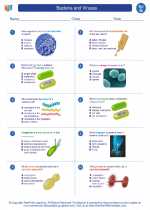 Bacteria and Viruses
Bacteria and Viruses  Worksheet/Answer key
Worksheet/Answer key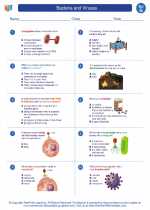 Bacteria and Viruses
Bacteria and Viruses  Worksheet/Answer key
Worksheet/Answer key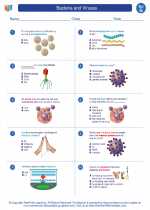 Bacteria and Viruses
Bacteria and Viruses  Worksheet/Answer key
Worksheet/Answer key Bacteria and Viruses
Bacteria and Viruses  Vocabulary/Answer key
Vocabulary/Answer key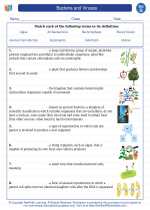 Bacteria and Viruses
Bacteria and Viruses  Vocabulary/Answer key
Vocabulary/Answer key Bacteria and Viruses
Bacteria and Viruses  Vocabulary/Answer key
Vocabulary/Answer key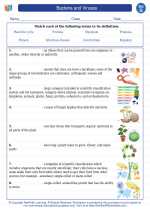 Bacteria and Viruses
Bacteria and Viruses  Vocabulary/Answer key
Vocabulary/Answer key Bacteria and Viruses
Bacteria and Viruses 

 Activity Lesson
Activity Lesson
 Worksheet/Answer key
Worksheet/Answer key
 Worksheet/Answer key
Worksheet/Answer key
 Worksheet/Answer key
Worksheet/Answer key
 Worksheet/Answer key
Worksheet/Answer key
 Vocabulary/Answer key
Vocabulary/Answer key
 Vocabulary/Answer key
Vocabulary/Answer key
 Vocabulary/Answer key
Vocabulary/Answer key
 Vocabulary/Answer key
Vocabulary/Answer key

The resources above cover the following skills:
LIFE SCIENCE
Ecosystems: Interactions, Energy, and Dynamics
Construct an explanation to predict patterns of interactions in different ecosystems in terms of the relationships between and among organisms (e.g., competition, predation, mutualism, commensalism, parasitism).